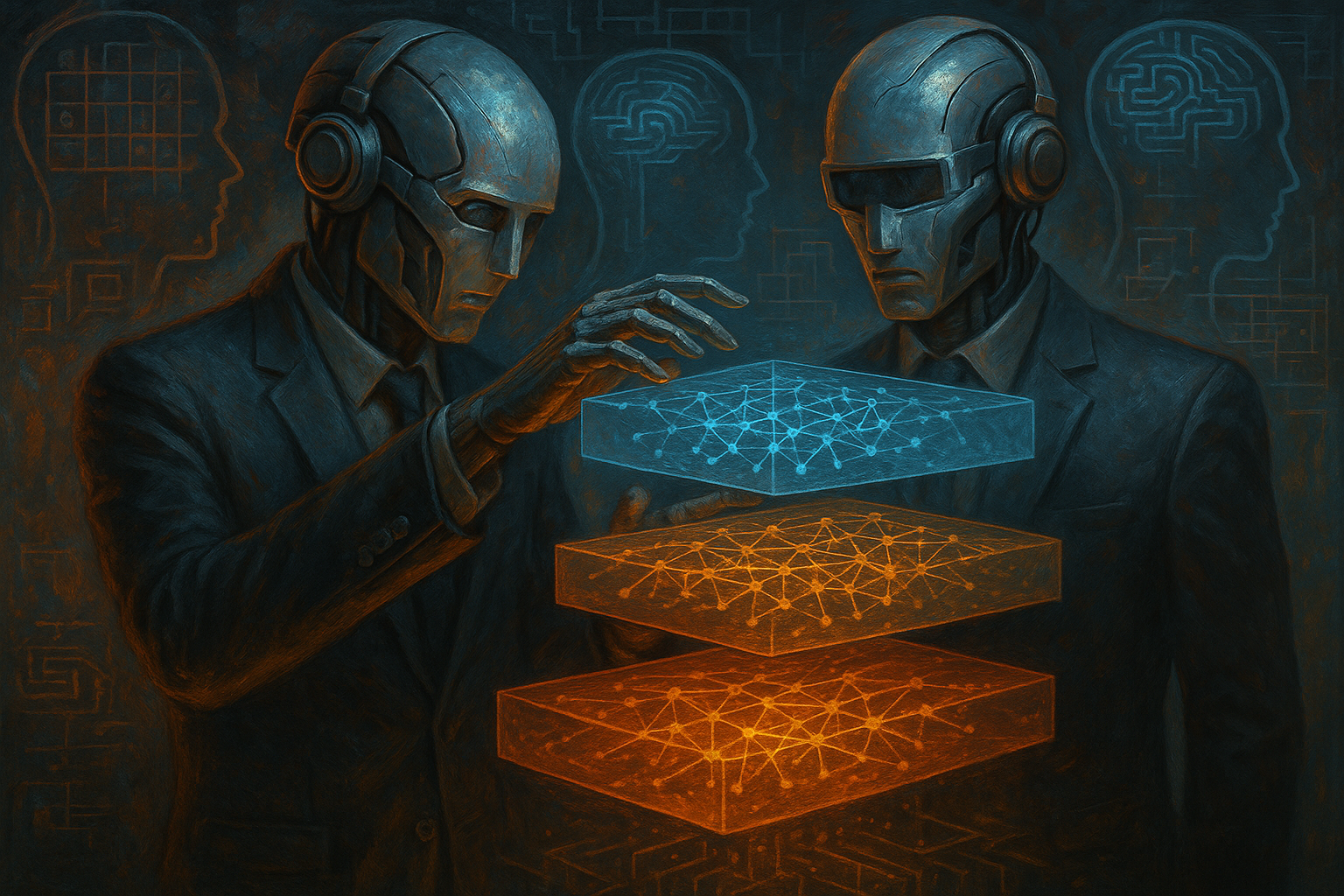
DeepMind has developed an AI “co-scientist” that automates parts of scientific discovery by treating method development as a search over code. Starting from a working baseline, an LLM proposes code edits, which are evaluated and scored; better scoring versions are further explored in a tree search. This approach generalizes beyond hyperparameter tuning or architecture search, allowing arbitrary code mutations guided by ideas extracted from literature. The system has already matched or outperformed human baselines in domains like single-cell integration, COVID-19 forecasting, geospatial segmentation, brain activity prediction, and numerical integration. By framing problems as “scorable tasks” with numerical metrics, the AI systematically explores candidate solutions rather than relying on one-shot generation. It injects ideas mined from papers or prompts, combines promising parent algorithms, and tracks which code changes most improved performance via “breakthrough plots.” The result is a transparent audit trail of how each improvement emerged. Though compute costs and reward mis-specification remain challenges, the work represents a practical step toward AI tools that relieve researchers from tedious experimentation. Rather than replacing scientists, this system acts as a relentless assistant: proposing, testing, and refining ideas while human experts interpret, generalize, and direct future exploration. In doing so, it shifts human effort up the abstraction ladder—less implementation detail, more conceptual guidance. As the authors caution, blindly optimizing the metric can mislead if the metric doesn’t fully align with scientific goals. Still, the promise is that what once took months of labor might now be compressed into hours or days. The key question becomes how humans and AI co-scientists will collaborate—not compete—in advancing research.
To dive deeper into how this AI “grad student” works and its implications for future science, go read the full article https://www.apolo.us/blog-posts/the-ai-grad-student-how-deepmind-automates-scientific-discovery
The evolution of data centers towards power efficiency and sustainability is not just a trend but a necessity. By adopting green energy, energy-efficient hardware, and AI technologies, data centers can drastically reduce their energy consumption and environmental impact. As leaders in this field, we are committed to helping our clients achieve these goals, ensuring a sustainable future for the industry.
For more information on how we can help your data center become more energy-efficient and sustainable, contact us today. Our experts are ready to assist you in making the transition towards a greener future.

Meta FAIR’s new Vision Language World Models (VLWM) take a fresh approach to AI planning: instead of predicting pixels or manipulating abstract vectors, they describe future states and actions in plain English. This makes plans interpretable, editable, and easier to trust, bridging the gap between perception and action. VLWM uses a pipeline of video-to-text compression (Tree of Captions), iterative refinement, and a critic model to evaluate alternative futures, achieving state-of-the-art results in visual planning benchmarks. While challenges remain—like text fidelity, dataset quality, and limits on fine-grained control—VLWM marks a major step toward human-AI collaborative planning.
Read post


The Hierarchical Reasoning Model (HRM) is a brain-inspired architecture that overcomes the depth limitations of current LLMs by reasoning in layers. Using two nested recurrent modules—fast, low-level processing and slower, high-level guidance—it achieves state-of-the-art results on complex reasoning benchmarks with only 27M parameters. HRM’s design enables adaptive computation, interpretable problem-solving steps, and emergent dimensional hierarchies similar to those seen in the brain. While tested mainly on structured puzzles, its efficiency and architectural innovation hint at a promising alternative to brute-force scaling.
Read post
